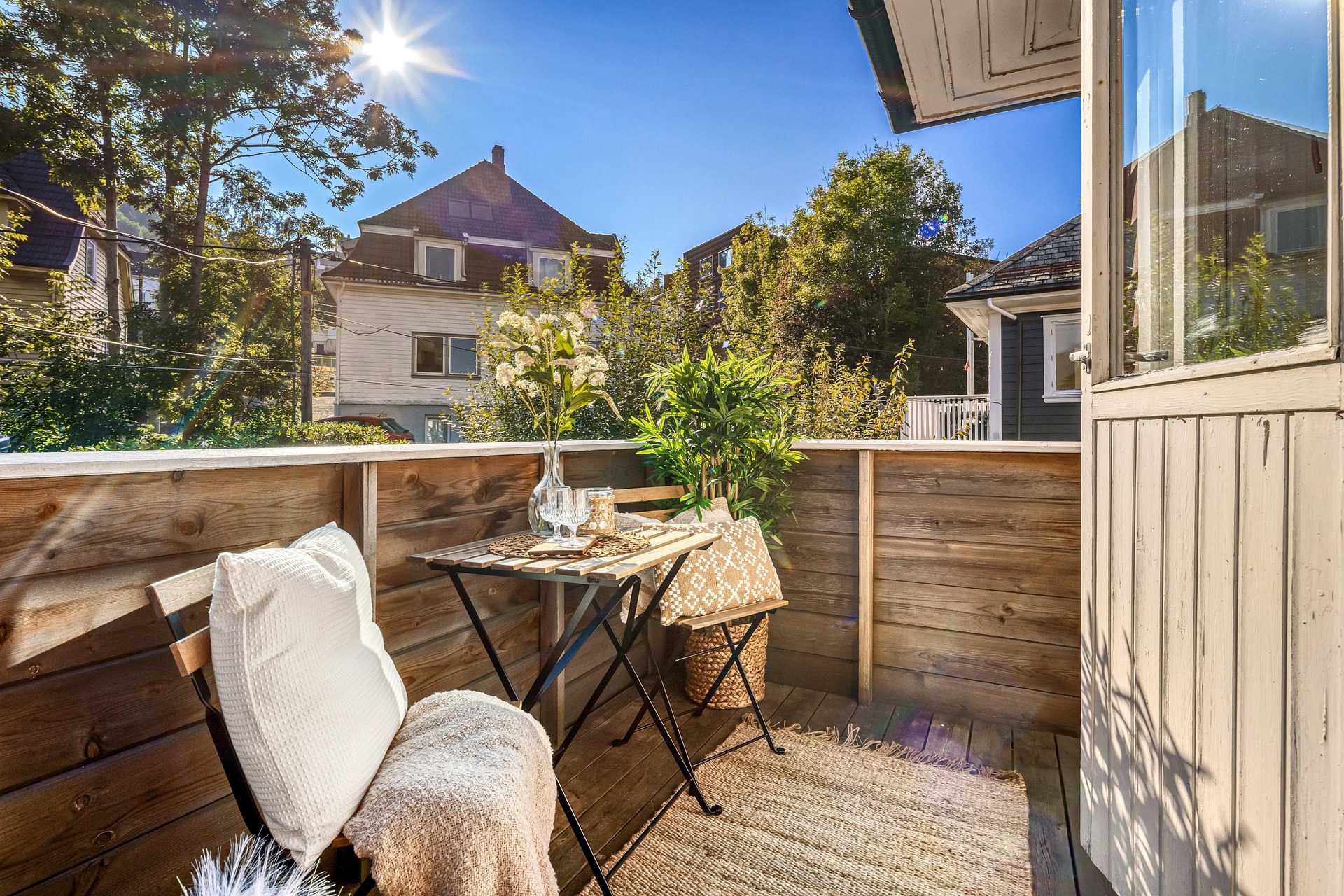Wabi-Sabi: The Art of Imperfect Beauty in Home Design
In a world obsessed with perfection, a refreshing design philosophy emerges from the East, challenging our notions of beauty and order. Wabi-sabi, an ancient Japanese aesthetic principle, is quietly revolutionizing Western interior design. This concept embraces the imperfect, the incomplete, and the impermanent, offering a serene alternative to the polished facades of modern homes. As we delve into the world of wabi-sabi, prepare to discover a new way of seeing beauty in the everyday and transforming your living spaces into havens of tranquility and authenticity.
In home design, wabi-sabi manifests as an appreciation for organic materials, muted color palettes, and handcrafted objects. It’s about creating spaces that feel lived-in and evolving, rather than sterile and static. This approach stands in stark contrast to the sleek, mass-produced aesthetics that have dominated interior design in recent decades.
Embracing Imperfection in Design Elements
The heart of wabi-sabi lies in its celebration of imperfection. In practice, this means incorporating elements that show signs of age, wear, or natural asymmetry. Cracked pottery, weathered wood, and handwoven textiles all embody the wabi-sabi spirit. These items bring character and story to a space, creating an atmosphere of comfort and authenticity.
Designers embracing wabi-sabi might choose a reclaimed wood table with visible knots and grain patterns over a perfectly smooth, factory-finished piece. They might display a collection of mismatched ceramic bowls, each with its own unique glaze and form. The goal is not to achieve a curated look of intentional imperfection, but rather to allow the natural beauty of materials and craftsmanship to shine through.
The Role of Nature and Simplicity
Nature plays a crucial role in wabi-sabi design. This philosophy encourages bringing the outdoors in, not through manicured houseplants, but through elements that reflect the organic world. Stone, wood, and natural fibers are preferred materials. Colors are drawn from earth tones and subtle hues found in nature.
Simplicity is another key principle. Wabi-sabi spaces are often minimalist, but not in the stark, austere sense. Instead, they feature carefully chosen items that serve a purpose or hold personal meaning. Clutter is minimized, allowing each object to be appreciated fully. This approach not only creates a sense of calm but also encourages mindfulness and appreciation for the items we choose to surround ourselves with.
Creating Atmosphere Through Light and Space
Light plays a crucial role in wabi-sabi interiors. Natural light is preferred, with soft, diffused illumination creating a sense of warmth and tranquility. Windows are often left bare or dressed with sheer curtains to maximize the connection with the outdoors. When artificial lighting is used, it’s typically soft and atmospheric, avoiding harsh overhead lights in favor of gentle, ambient sources.
Space is treated with reverence in wabi-sabi design. The Japanese concept of ma, or negative space, is incorporated to create balance and allow objects to breathe. This doesn’t mean rooms should feel empty, but rather that there should be a thoughtful arrangement of elements with room for contemplation and movement. The result is a space that feels open, calm, and intentional.
Incorporating Wabi-Sabi in Modern Homes
While wabi-sabi has its roots in traditional Japanese aesthetics, it’s finding new expression in contemporary Western homes. Designers are blending wabi-sabi principles with modern sensibilities to create spaces that are both timeless and current. This might involve pairing a sleek, minimalist sofa with a rough-hewn coffee table, or displaying a collection of handmade ceramics against a backdrop of clean, white walls.
The key to successfully incorporating wabi-sabi into modern interiors is balance. It’s about finding harmony between old and new, perfect and imperfect. This might mean introducing textural elements like a raw linen throw or a weathered leather armchair into an otherwise contemporary space. It could also involve displaying found objects from nature alongside more polished decor pieces.
The Emotional Impact of Wabi-Sabi Design
Perhaps the most compelling aspect of wabi-sabi is its emotional impact. In a world that often feels chaotic and fast-paced, wabi-sabi offers a respite. It encourages us to slow down, to appreciate the beauty in small moments and imperfect objects. Homes designed with wabi-sabi principles often feel more welcoming and lived-in, fostering a sense of comfort and ease.
This approach to design also aligns with growing interests in sustainability and mindful consumption. By valuing items that age gracefully and finding beauty in imperfection, we’re less likely to discard things when they show signs of wear. This can lead to a more sustainable approach to home decor, where quality and longevity are prized over trends and disposability.
As we continue to seek balance and meaning in our living spaces, wabi-sabi offers a compelling alternative to the pursuit of perfection. It reminds us that true beauty lies not in flawlessness, but in the authentic, the time-worn, and the lovingly imperfect. By embracing these principles, we can create homes that not only look beautiful but also feel deeply connected to our human experience.






